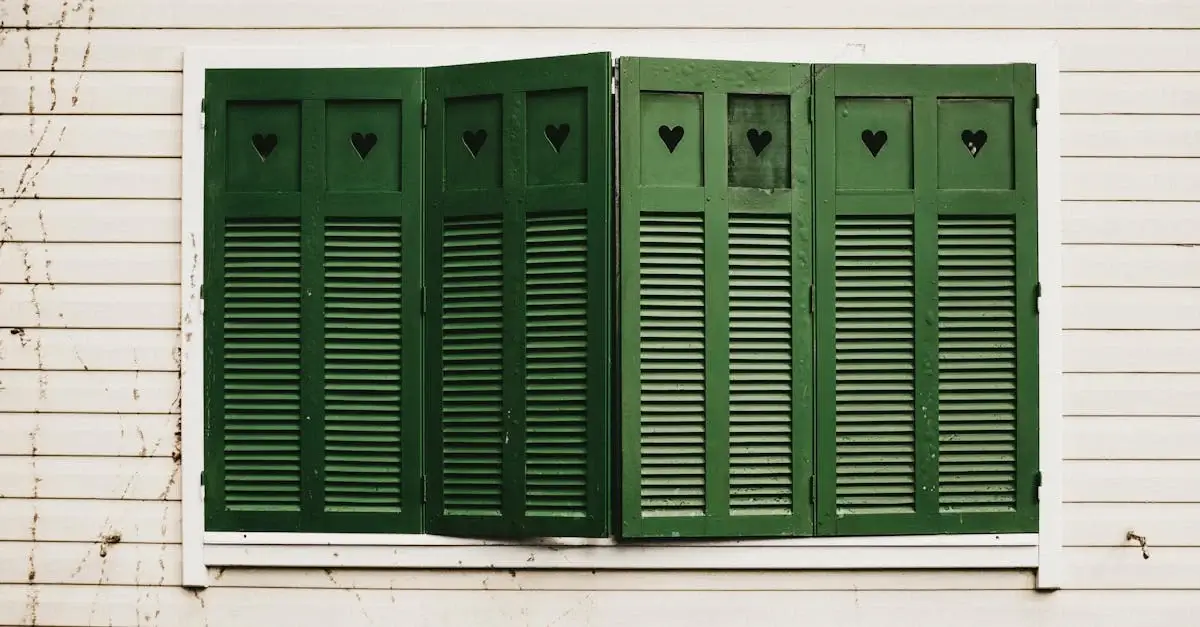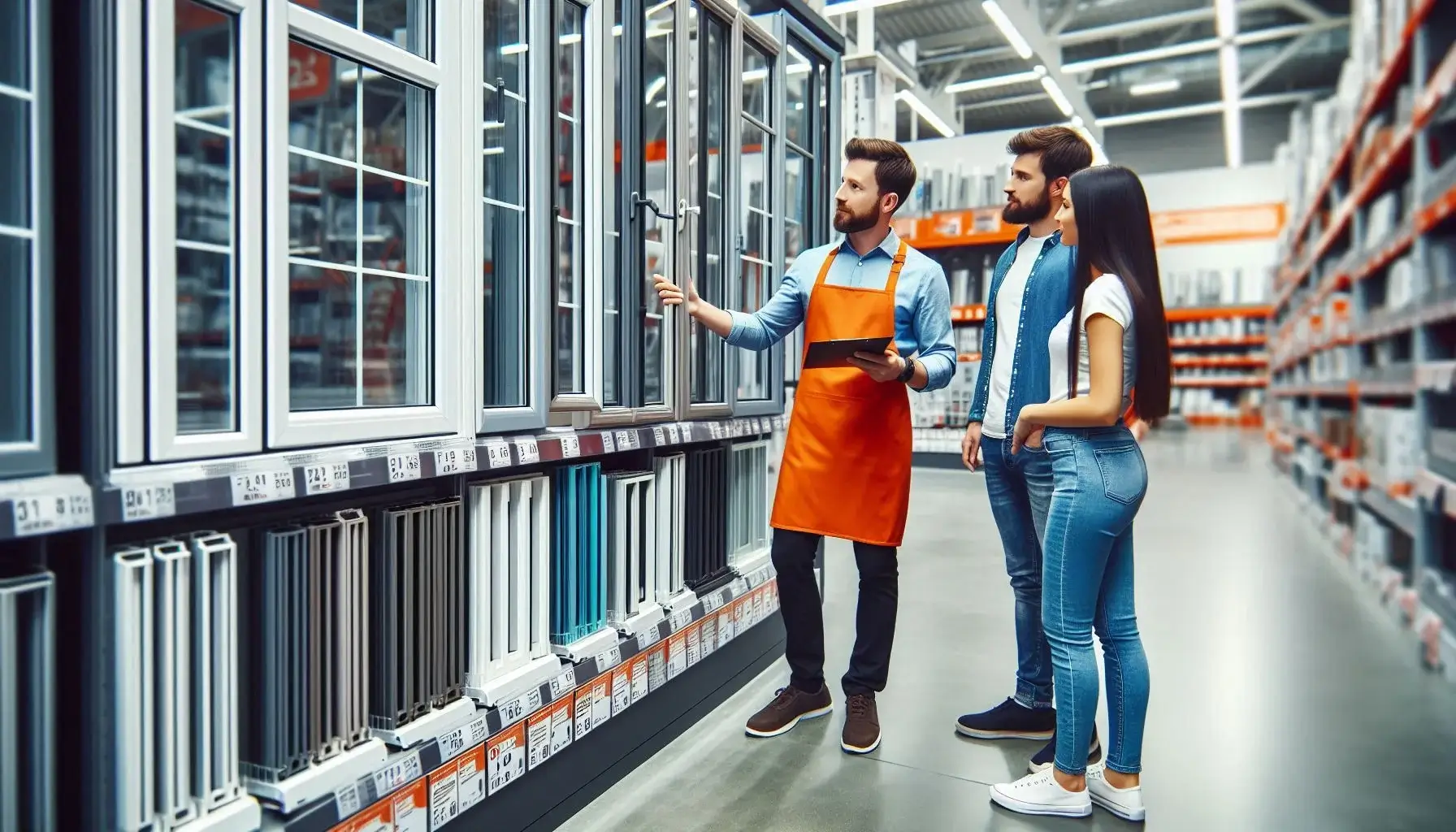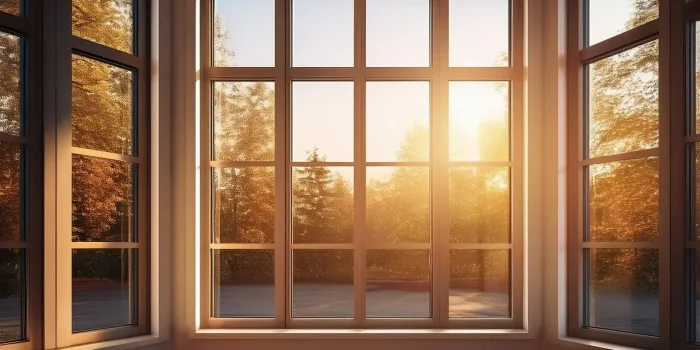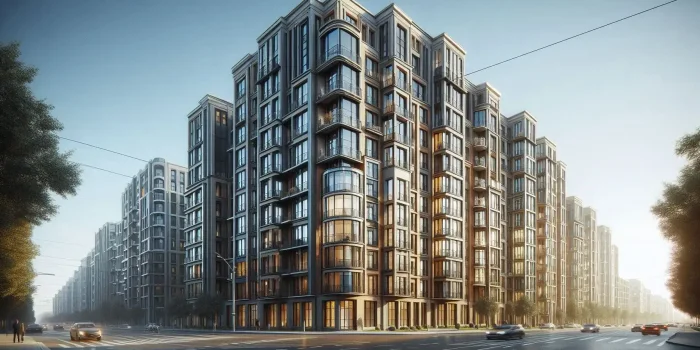You’re about to embark on a journey of discovery, diving deep into the world of window materials. From the comfort of your home to the sleek design of modern offices, windows are a fundamental part of our everyday surroundings, but just how much do you know about what they’re made of?
Understanding Different Types of Window Materials
Window materials vary significantly and it’s vital to know their specific features, benefits, and drawbacks. Let’s delve into the unique aspects of some common types of window frames.
1. Wooden Window Frames
Inevitably, Wooden window frames are a go-to for traditional home designs. These frames are naturally insulated to maintain the interior temperature, and also offer the flexibility to paint or stain them to your preferred choice. However, their lifetime maintenance can be a downside. They’re vulnerable to decay, cracking, and warping caused by climate.
2. Vinyl Window Frames
Vinyl window frames stand up against the elements with a reputation for durability and low upkeep. Fashioned from hard-wearing polyvinyl chloride (PVC), these frames resist the typical wear and tear problems like rotting or cracking. But on the flip side, they compromise when it comes to their visual appeal and can wear out over the years.
3. Aluminum Window Frames
Aluminum window frames offer a modern look with robust durability. They’re resistant to rust and severely low maintenance, compared to wooden frames. Moreover, they’re cost-effective and eco-friendly, with about 95% recyclability. The drawback, though, is they score low on insulation.
4. Fiberglass Window Frames
Known for their strength and longevity, fiberglass window frames are a hardy option. They pose excellent resistance to harsh weather, are low-maintenance, and fare well in energy efficiency. Despite these pluses, they tend to be on the pricier side and offer fewer customization options.
5. Composite Window Frames
Composite window frames are a fusion of wood and plastic. These frames share the natural appearance of wood while also benefiting from the durability of plastic. This results in a long-lasting, low-maintenance window frame. However, they may cost more compared to other materials.
Remember, choosing the right material for your window frames boils down to your budget, climate, and preferred aesthetic.
Analyzing the Benefits of Different Window Materials
To make an informed choice about the right window material for your situation, it’s helpful to compare their different properties, like durability, energy efficiency, and maintenance needs.
Durability of Window Materials
Different window materials come with their own unique wear and tear characteristics.
- Vinyl Windows: Vinyl windows are known for their impressive longevity, often serving uninhibited for over 20 years. However, they may not hold up as well in extreme weathers where they can expand and contract, affecting their performance.
Energy Efficiency of Window Materials
Energy efficiency is a key consideration in your choice of window materials.
- Vinyl Windows: Vinyl windows boast high thermal insulation. According to the U.S. Department of Energy, vinyl and wood-framed windows are the most energy efficient, potentially saving you up to $126 to $465 a year when replacing single-pane windows.
Maintenance Needs for Different Window Materials
Maintenance requirements for different window materials also vary.
- Vinyl Windows: Vinyl windows are largely maintenance-free. They do not require periodic painting or staining. Just wipe them clean with a damp cloth, and they’re good as new. But remember, once installed customization becomes a challenge. Painting over vinyl can lead to peeling or cracking, tarnishing the look.
Photo by Jonathan Borba on Pexels
The Cost Considerations of Window Materials
Let’s dive deep into the financial aspects of window materials. To ensure you’re making the best decision for your home, it’s essential to understand the initial and long-term costs associated with each choice.
Initial Cost of Window Materials
Different window materials bring a variety of initial costs. Here’s a snapshot of what you can expect to pay initially for some common options:
- Vinyl: Vinyl windows are a budget-friendly choice, with initial costs ranging from $100 to $900 per window. Known for their durability and low-maintenance, they’re ideal for tight-budget projects.
- Wood: Wood windows, with their timeless appeal, can demand a slightly higher price. You can anticipate shelling out anywhere from $150 to $9,000 per window for this charming, classical style.
- Aluminum: Aluminum windows, while slightly less energy-efficient, can fit comfortably within your budget. These windows can set you back anywhere from a modest $75 to $2,800 per window.
- Fiberglass: These windows, boasting both durability and energy efficiency, often command a higher initial cost. Expect to part with anywhere from $200 to $1,200 per window if fiberglass is your material of choice.
Long-term Cost of Window Materials
While the initial cost is a major concern, it’s equally important to consider the long-term costs. Take into account aspects like energy efficiency, which can affect utility bills, and maintenance costs when making your decision.
- Vinyl: While there may be few maintenance costs, less energy efficiency means you may spend more on heating and cooling in the long run.
- Wood: Although wood windows may require regular upkeep to avoid weathering and rot, their high energy efficiency can count towards savings in your energy bills. Balancing these factors will give you a sense of the true cost over the window’s lifespan.
- Aluminum: Their relatively low energy efficiency can add to longer-term utility costs. However, their toughness and lack of maintenance requirements can offset this over time.
- Fiberglass: The high initial cost is balanced out by fiberglass windows’ long lifespan and excellent energy efficiency. Their robust construction means you’ll spend little on maintenance, while their insulation properties help keep utility costs low.
Remember, it’s not just about the upfront price when it comes to choosing the perfect window for your home. A more expensive window material could save you money in the long-term if it’s more energy-efficient or requires less maintenance. It’s critical to weigh these factors when making your choice.
Choosing the Right Window Material for Different Climates
After evaluating various window materials in terms of their properties, budget, and visual appeal, you’d realize that the climate plays a key role in making an informed decision. Here, we’ll delve into specific window materials suited for different climatic conditions.
Window Materials for Hot and Dry Climates
Imagine a window that could adjust its tint to control sunlight or change color in response to temperature changes. In hot and dry climates, this kind of innovative window technology is not just science fiction, it’s a reality.
- Electrochromic Windows: Developed by the National Renewable Energy Laboratory (NREL), these windows can skew their tint, reducing the amount of sunlight entering your home. As a result, you’d find your home stays cooler in the summer, which consequently reduces cooling loads.
- Thermochromic Windows: These windows are coated with a material that changes color based on the temperature. For instance, a thermochromic film that turns milky at temperatures exceeding 32°C can block up to 70% of solar radiation, decreasing cooling loads by a massive 30%.
- High-Performance Glazing: Love sunshine but not the glare or heat it brings? High-performance glazing might be just what you need. The advanced glazing material is low in solar heat gain coefficients, making it perfect for hot climates.
Window Materials for Cold and Wet Climates
Living in an area with cold and wet climates requires a window material that’s insulative and moisture resistant. Here’s what you can consider:
- Double Glazed Windows: These trap heat between the two glass layers, providing superior insulation against cold weather, and reducing your heating bills.
- Vinyl Windows: Vinyl, being non-porous, doesn’t absorb moisture, which makes it excellent for damp climates. Besides, it’s also highly insulating, giving you another reason to choose it.
- Composite Windows: They combine the aesthetics of wood and the durability of plastic, ensuring your windows stand up to harsh weather while keeping your home cozy.
Window Materials for Tropical Climates
Tropical climates pose a unique challenge, requiring windows that can combat high temperatures, abundant sunlight, and occasional heavy rains.
- Aluminum Windows: Durable and corrosion resistant, aluminum windows can withstand the heat and humidity of tropical climates.
- Wooden Windows: Wood, being natural insulative material, helps in controlling excessive heat, making it suitable for tropical climates. However, maintain it well as high humidity can make it prone to rot and pests.
- Impact Resistant Glazing: With the potential for severe storms in tropical locations, windows with impact-resistant glazing can protect against windborne debris, providing safety along with climate control.
Popular Trends in Window Materials
Navigating through the world of window materials, it’s clear that the trends frequently shift based on the evolving preferences of homeowners and industry innovations. Here are some of the hottest trends in window materials right now:
Black Window Frames
Black window frames are rapidly gaining popularity due to their sleek and modern appeal. They act as a focal point in both interior and exterior designs, creating a powerful contrast that enhances home aesthetics. Also, black window frames show dirt and blemishes less visibly than lighter colors, saving homeowners from frequent cleaning sessions. Around 67% of homeowners are choosing black or dark-colored frames for their new or replacement windows due to their elegant appeal and minimal maintenance requirement.
Window Walls
Homeowners are increasingly leaning towards window walls to bring an influx of natural light and create a seamless connection with the outdoors. Offering panoramic views, window walls can transform a living space, making it appear larger and more open. The market for these window walls has surged by approximately 32% in the last five years due to their ability to improve the overall brightness and mood within homes, as well as increase property value.
Eco-friendly Window Materials
The demand for eco-friendly window materials is on the rise, given our increasing concern for the environment and sustainability. Here are a couple of innovations in this space:
- Sustainable PVC Formulas: On the eco-friendly frontier, sustainable PVC formulas stand out. Scientists are working on more resilient, recyclable, and environmentally friendly PVC formulas that stay robust for up to 30 years, retaining about 90% of their initial physical characteristics after their lifespan.
- Plant-Based Additives: Incorporating plant-based additives in PVC production is another noteworthy trend. As essential lubricants and contributors to the PVC’s physical properties, these bio-based materials make the end product cleaner, greener and more recyclable.
Case Studies: Successful Use of Different Window Materials
Let’s now take a look at some real-world examples where both modern and traditional window materials have been effectively utilized.
1. Smart Glass Technologies: A Revolution in Window Design
Through pioneering work in the sector, Smart Glass Technologies has demonstrated the successful application of innovative window materials in various environments.
- Switchable Glass and Smart Film applications:
- Office Spaces: The company has transformed office spaces by introducing switchable glass solutions. With high-profile collaborations like those with Metro Wall, Officeworks, and Forward Space, they’ve created private, multifunctional work environments, successfully integrating technology and design.
- Healthcare: In the healthcare sector, Smart Glass Technology’s PriWatt Smart Glass was chosen for Halton Healthcare in Canada. Their innovative glass solutions modernized the hospital’s Intensive Care Unit, offering both privacy control and light regulation features.
- Residential Properties: The residential sector has also benefited from technologies such as switchable smart glass. For instance, the installation of PriWatt Film on multifold patio doors in Austin, Texas and luxurious villas in Los Angeles has introduced homeowners to a new standard of living and design experience.
2. Traditional Wood Windows: A Timeless Approach
On the more traditional side, Wewoka Window Works has carved a niche for itself by creating quality wooden windows.
- This Oklahoma-based company focuses on the power of tradition, specialising in the manufacture of wooden windows. Their windows are more than just a nod to tradition; they provide excellent insulation and a beautiful aesthetic, embodying the beauty, charm, and durability that only wood can offer.
Both cases highlight the success achieved when the appropriate window materials are selected and implemented correctly. Whether you’re leaning towards modern smart glass technology or traditional wooden windows, both materials have proven track records of success across different settings.
Choosing your Perfect Window Material
Choosing the right window material isn’t just about aesthetics. It’s a complex decision that requires you to balance factors such as budget, maintenance, durability, and energy efficiency. The material you choose can significantly impact your comfort and the longevity of your windows.
Remember, each material has its strengths. Wood offers traditional charm and insulation, vinyl provides durability and low maintenance, aluminum delivers modern aesthetics and eco-friendliness, fiberglass boasts strength and energy efficiency, and composite combines the best of both worlds. But there’s no one-size-fits-all answer. Your choice will depend on your specific needs and circumstances.
Don’t forget to consider the climate you live in. Different materials perform better in certain conditions, and choosing the right one can enhance your home’s comfort and energy efficiency.
Finally, be aware of the latest trends and innovations in window materials. From black frames to window walls, these trends can offer fresh ideas and inspire your choice. And remember, whether you opt for a modern smart glass technology or a classic wooden design, the right window material can make a world of difference in your home or commercial space.






